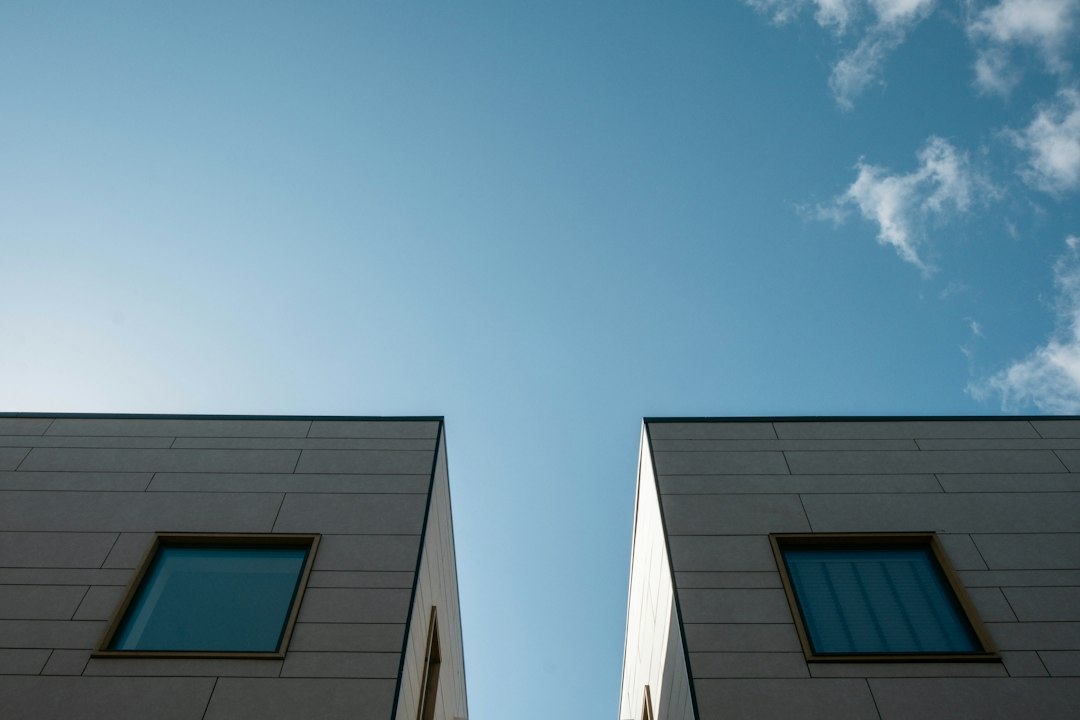The Rising Trend of Eco-Friendly Homes and Its Benefits
In recent years, there has been a significant increase in the demand for eco-friendly homes. This rising trend can be attributed to a growing awareness of the negative impact of traditional homes on the environment and a desire to live a more sustainable lifestyle. Eco-friendly homes are those that are built and designed to minimize their carbon footprint and maximize energy efficiency. Let’s explore the benefits of these homes and why they have become so popular.
One of the primary benefits of eco-friendly homes is their positive impact on the environment. Traditional homes consume an enormous amount of energy for heating, cooling, and electricity, leading to the emission of greenhouse gases into the atmosphere. On the other hand, eco-friendly homes are built with energy-efficient materials and incorporate renewable energy sources such as solar panels. This significantly reduces carbon emissions, helping to combat climate change and preserve our natural resources.
Moreover, eco-friendly homes promote healthier living conditions for inhabitants. Conventional homes often contain toxic materials such as lead-based paint, asbestos, and volatile organic compounds (VOCs) found in furniture and building materials. These substances can lead to a variety of health issues, including respiratory problems, allergies, and even cancer. In contrast, eco-friendly homes are constructed using non-toxic and sustainable materials, ensuring a safer and healthier indoor environment for residents.
Another noteworthy benefit of eco-friendly homes is their long-term cost savings. While the initial investment in building or retrofitting an eco-friendly home may be higher than that of a traditional home, the long-term savings are substantial. Energy-efficient features such as improved insulation, energy-efficient appliances, and water-saving fixtures significantly reduce utility bills. Additionally, the integration of renewable energy sources reduces or even eliminates electricity costs. Over time, these savings can offset the higher initial costs, making eco-friendly homes more financially viable.
The trend of eco-friendly homes has also been fueled by the availability of government incentives and subsidies. Many governments around the world are encouraging homeowners to adopt sustainable practices by offering tax credits, grants, and subsidies for the installation of renewable energy systems, energy-efficient appliances, and insulation. These incentives help make eco-friendly homes more affordable and further contribute to their growing popularity.
Furthermore, living in an eco-friendly home can improve the overall quality of life. These homes are designed to optimize natural light and ventilation, creating a bright and airy living space. The use of non-toxic materials and green building practices reduces indoor air pollution, creating a healthier and more comfortable atmosphere. Additionally, eco-friendly homes often incorporate features such as rainwater harvesting and organic gardens, allowing residents to live in harmony with nature and promote sustainable living practices.
In conclusion, the rising trend of eco-friendly homes is a positive development that signifies a shift towards a more sustainable future. These homes offer numerous benefits, including a reduced environmental footprint, improved indoor air quality, long-term cost savings, and government incentives. As more people become aware of the importance of living sustainably and taking care of the environment, the demand for eco-friendly homes will only continue to grow. So, if you are considering purchasing a new home or renovating your existing one, it’s worth exploring the options available for creating a more eco-friendly and sustainable living space.

